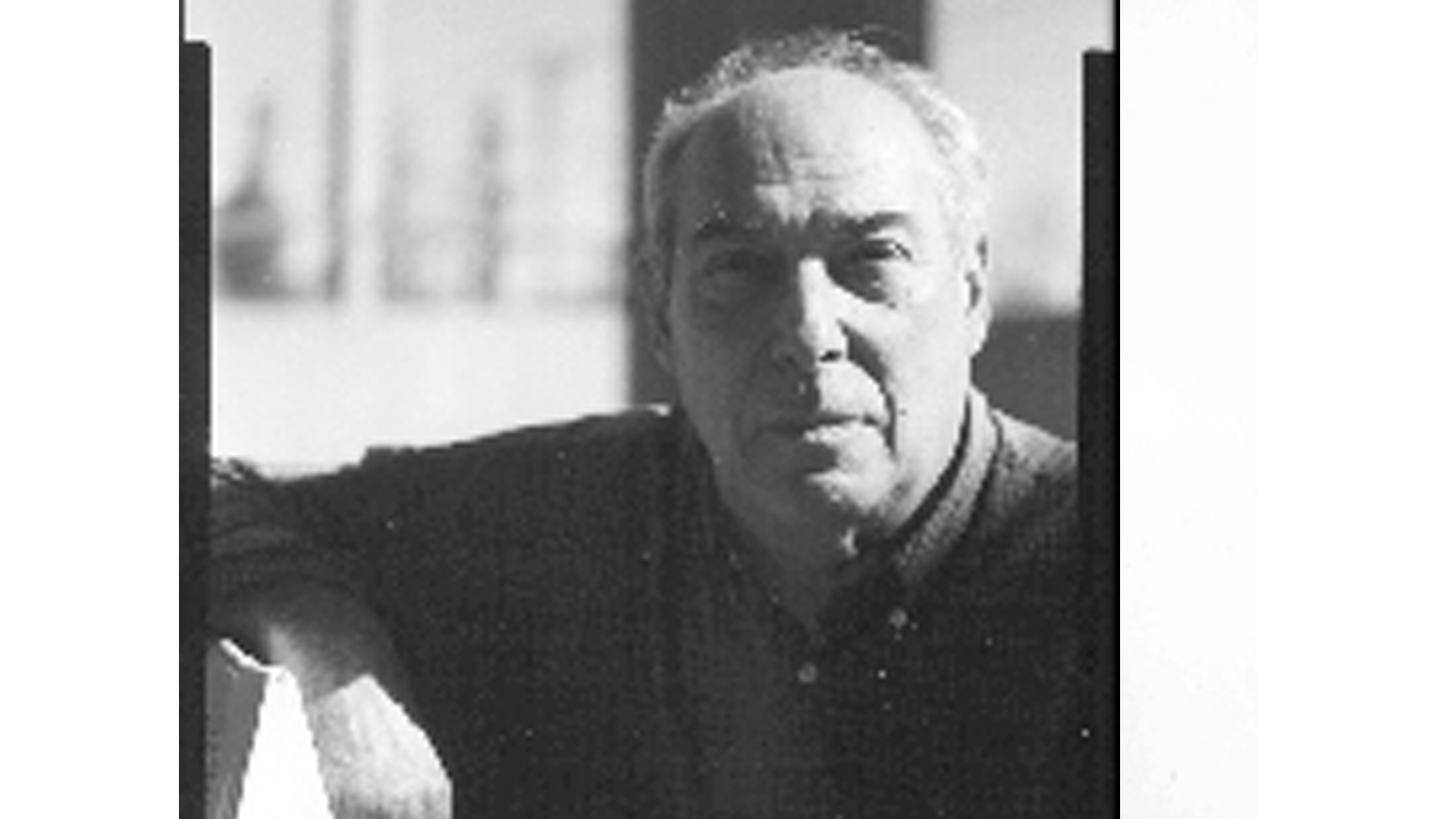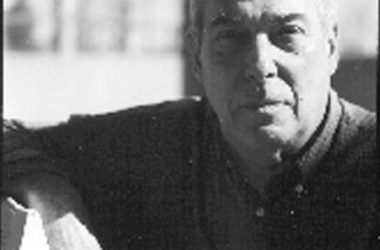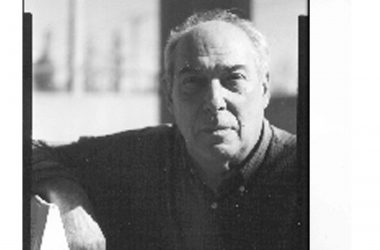By Noel Ignatiev
Loren Goldner, coeditor of Insurgent Notes (insurgentnotes.com), and I talked about things that make it difficult for people to think strategically. Here is an attempt to summarize our conversation. It is not a record of what either of us said, but rather of our agreement and what we thought useful. Comments of course welcome.
In the U.S. today, strategic alternatives are not posed sharply by the mass movements. In the 1960s the lines between reform and revolution, dual power and working within existing institutions, were more clearly drawn than they are today: there were struggles aimed at civil rights and integration and those aimed at human rights and Black Power; struggles aimed at building caucuses within the unions and others aimed at bypassing the unions and building new forms that embodied the potential of the working class to act like a revolutionary class (the outstanding example of the latter being the League of Revolutionary Black Workers).
In contrast, while we, like the young revolutionaries with whom we are in contact, can see the difference between the actions of the black youth in Ferguson and Baltimore and those of the various NGOs and police accountability groups that the young people of Ferguson chased away, and unequivocally side with the young people in the streets, the questions remain: How do their actions prefigure the communist society, and how can they take on a distinctive organized form that provides a pole?
If the central task of communists is to refract the mass movement into its elements, and to clarify the distinction between those tendencies that point toward the communist society and those that reinforce existing social relations (the real meaning of C.L.R. James’s formulation “recognize and record” notwithstanding the tendencies of some of his followers to reduce it to uncritical celebration of the movement), how can we do that when the constructive potential of the “riots” is not clear (even though their destructive potential is evident and welcome)?
A big part of the problem is the absence of an organic connection between the “rioters” and the production of the things that sustain human life, which is the central activity of all human societies, including the communist society. In short, how can the communist society appear in the absence of material production on a mass scale and the activities directly related to it (transportation, etc.)? It is significant that even where the direct connection with production is missing there is a general awareness of its importance, so that, for example, in Oakland, when the Occupy Movement found itself repressed by the police, the immediate reaction of the participants was to attempt to shut down the port, in the process seeking to create links with port workers.
Is it possible to draw a line from 1848 through the Paris Commune through the struggles of 1917-1921 through Spain, Hungary and France of May ’68 to the present? In the past, development has rarely been continuous in a single locale, but instead has jumped from one locale to another: for example, when Rome fell the center shifted to the east, with the Golden Age of Islam. It was a thousand years before Europe became important again, and England and northwest Europe, which had been backwaters, emerged as centers of progress. We may be seeing a similar phenomenon now, as the U.S. and Europe, where mass production and along with it the working-class movement and its theoretical expression reached its highest levels, is now in decline and the center is shifting to China, India, Brazil and South Africa.
It is worth noting that there has been a “return to Marx” among the young revolutionaries with whom we come into contact. Nevertheless, while the greatest interest in Marxism and the largest number of people engaged with Marxist theory are located in the West, the biggest and most violent class struggles are to be found in the East. If Rosa Luxemburg, having come to the conclusion that Poland was too small a stage to wage the class struggle on a world scale, decided to move to Germany, is it necessary for us to “move to” China?
In 1968 comrades from the Italian group Potere Operaio traveled to Detroit to meet the League of Revolutionary Black Workers face to face. (The connection was mediated by Marty Glaberman, C.L.R. James’s American associate, who had spent a year at the Free University of Berlin, where he met PO people, and by George Rawick, who had worked with James in London.) The coming together of Italian communists committed to proletarian autonomy and black American revolutionaries committed to an autonomous black revolutionary movement was a moment of world-historic significance. Among its high points were John Watson making a trip to Europe and speaking to audiences of Italian worker-activists, and black workers on the assembly lines in Detroit studying Italian so they could read leaflets produced by their counterparts across the ocean.
Today’s counterpart of that moment would be a link between the workers in the factories and ports of China and the street force of Ferguson and Baltimore. (The messages sent via twitter from Gaza and the West Bank to Ferguson are an important step in this direction.)
There are now a number of Americans and other Westerners in China, many employed teaching English. (China is the second-largest English-speaking country, after India.) Some, we hope, are there to establish contact with local insurgents. If their efforts are successful, they will bring the number of conscious revolutionaries drawing upon Marxism more into line with the actual struggles. For its part, the Chinese ruling class is studying the history of union movements in the West, the example of Germany (1870-1914) above all. German trade unionists are advising the state-controlled union on setting up “works’ councils” (co-management schemes), quite different from workers’ councils.
What do the workers in Shanghai and the big Indian textile mills want? No doubt some of them, if they had their wish, would want a strong union movement like what the UAW and the British TUC used to be. At the same time, reports indicate that others are looking toward a Chinese version of the early Solidarnocz, an organization that is not limited merely to the workplace but sees itself intervening in all spheres of activity.
That is a good sign. But everything contains its opposite: just as the CIO of 1936 contained within itself the elements that allowed its devolution into the SEIU of today, just as the ANC of 1980 contained within itself the elements that led to the Marikana Massacre, just as the Black Freedom Movement contained the elements that led to Obama, so Solidarnocz of 1980 contained the elements that led to Solidarnocz of 1990. (Revolutionaries have often lost sight of the truth that every genuine mass movement contains reactionary as well as revolutionary elements: Big Bill Haywood famously defined industrial unionism as “socialism with its work-clothes on,” showing that he underestimated the reformist potential within a workers’ upsurge; we can understand and sympathize with his mistake, given that STO similarly underestimated the reformist potential within the massive black upsurge of the 1960s; but let us not repeat it.)
The task is to refract, refract, refract, to “recognize and record” what the working class as a whole, on a global scale, is doing, looking for the “breakthroughs” (in the way that the soviets of 1905 or 1917 were breakthroughs). There is working-class ferment in China, a series of general strikes in Vietnam in recent years, different levels of militancy in Bangladesh and India, not to mention South Africa. There is the impressive auto strike in Turkey, going on as we write, where the workers have raised the slogan “We don’t need unions, we
have established workers’ councils.” The successful nationwide
mobilization in Brazil against public transit fare hikes a few years
back was also worth a look, if for no other reason than that it involved people outside production.
It is also important to understand phenomena in the U.S. such as the “Fight for $15” or the organizing attempts at Walmart, which at the moment seem to be entirely contained by unions (primarily SEIU), to look for independent breakouts to the left.
Looking at these developments on a world scale, we will have a clearer idea of what to “refract.”



